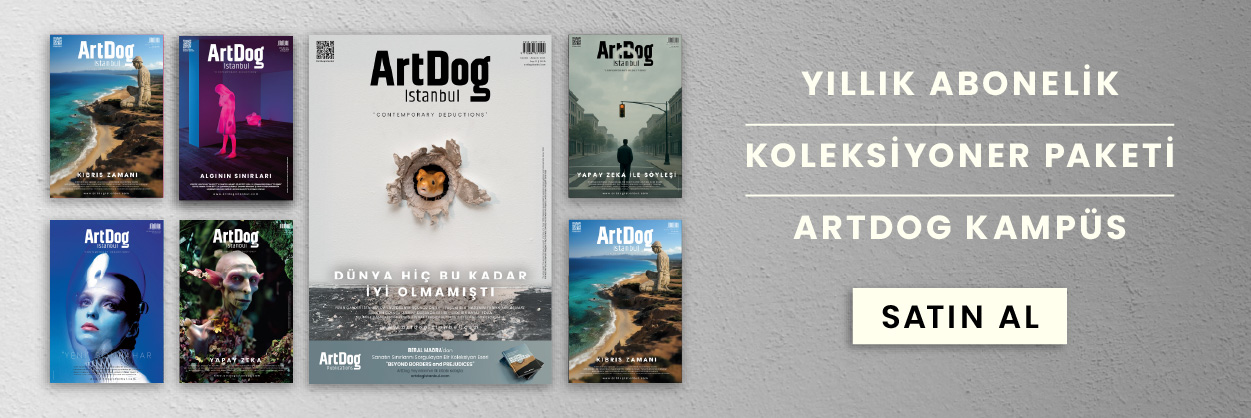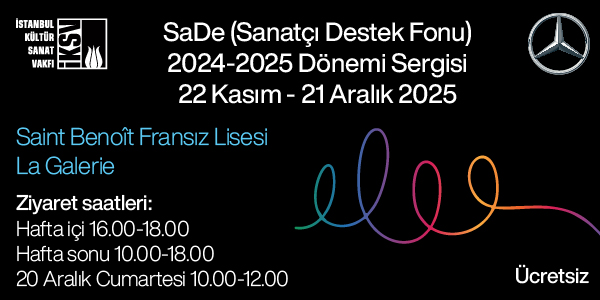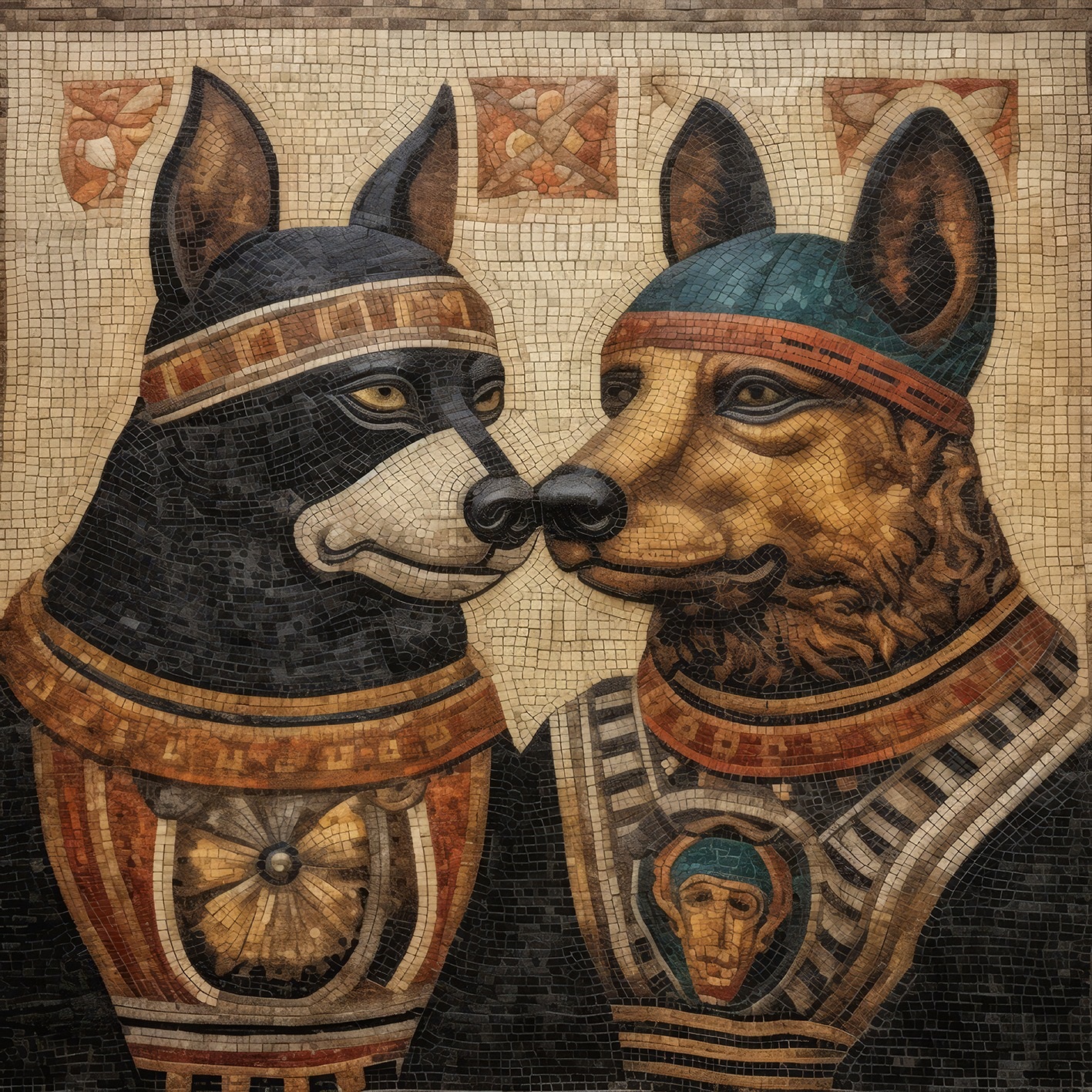In 2021, an unnamed buyer purchased a painting listed as a “fake” Degas, which today turned out to be the original one worth $13 mln. The surprisingly masterful composition caught the buyer’s eye, and with the help of expert Michel Schulman, they determined that it was most likely Éloge du maquillage (In Praise of Cosmetics) (1876), a known brothel scene painted by Degas that had been recorded as missing for several decades.
The story was first reported by the Catalan daily news outlet El Punt Avui on May 28, when the painting was presented to the public at the Institute Français in Madrid.
According to the report, an unnamed buyer from Barcelona entered a bidding war on the auction website Todocolección. Originally listed for just €1 ($1), he won the work for €926 ($1,000). At the time, this must have seemed like a windfall to the previous owner from Sabadell in Catalonia, who had inherited the painting. Though it bore the signature “Degàs,” he didn’t believe it could be genuine and listed the work alongside some provenance documents showing that it had been bought in 1940 by his ancestor Joan Llonch Salas, a collector and former president of the local Banco Sabadell.
Now that it has been attributed to Degas, some experts suggest the Impressionist pastel on cardboard, measuring roughly 19 by 24.5 inches, might be worth around €7 million to €8 million (around $8 million to $9 million). Other estimates go as high as €12 million ($13 million), according to El Nacional.
The team concluded that it was a Degas “after an exhaustive analysis of pigments, a meticulous study carried out with X-rays and photographs, among other techniques,” Schulman told the Spanish newspaper El Pais. The analysis, conducted in Madrid in July 2023, dated the work to the late 19th century. He added that it was also important to verify that the signature was integrated and had not been added later.












